
Movement Load : Angular acceleration F: Pressing force (N) T f = F x l (Nm) . 2 = (rad/s 2) Load Static torque calculation t 2 g = 9.8 m/s2 Ts = F x l (Nm) l : Rotation angle (rad) Lever t : Rotation time (S) Axis Rotary actuator Axis Allowable Load Application of the load on the axial direction is tolerated if no dynamic load is generated and the values are within what is shown in the
Do not drop, bump or apply excessive impacts (300m/s2 or more for reed switches and 1000m/s2 or more for solid state switches) while handling. Although the body of the switch may not be damaged, the inside of the switch could be damaged and cause a malfunction.
Static torque calculation Tf = F x L (Nm) Load . g = 9.8m/s2 F: Pressing force (N) : Angular acceleration Load .
Do not drop, bump, or apply excessive impacts (300 m/s2 or more for reed switches and 1000 m/s2 or more for solid state switches) while handling. Although the body of the switch may not be damaged, the inside of the switch could be damaged and cause a malfunction. 2. Do not carry a cylinder by the auto switch lead wires. Never carry a cylinder by its lead wires.
Movement Load : Angular acceleration F: Pressing force (N) T f = F x l (Nm) . 2 = (rad/s 2) Load Static torque calculation t 2 g = 9.8 m/s2 Ts = F x l (Nm) l : Rotation angle (rad) Lever t : Rotation time (S) Axis Rotary actuator Axis Allowable Load Application of the load on the axial direction is tolerated if no dynamic load is generated and the values are within what is shown in the
Movement Load : Angular acceleration F: Pressing force (N) T f = F x l (Nm) . 2 = (rad/s 2) Load Static torque calculation t 2 g = 9.8 m/s2 Ts = F x l (Nm) l : Rotation angle (rad) Lever t : Rotation time (S) Axis Rotary actuator Axis Allowable Load Application of the load on the axial direction is tolerated if no dynamic load is generated and the values are within what is shown in the
Do not drop, bump, or apply excessive impacts (300 m/s2 or more for reed switches and 1000 m/s2 or more for solid state switches) while handling. Although the body of the switch may not be damaged, the inside of the switch could be damaged and cause a malfunction. 2. Do not carry a cylinder by the auto switch lead wires. Never carry a cylinder by its lead wires.
Do not drop, bump, or apply excessive impacts (300 m/s2 or more for reed switches and 1000 m/s2 or more for solid state switches) while handling. Although the body of the switch may not be damaged, the inside of the switch could be damaged and cause a malfunction. 2. Do not carry a cylinder by the auto switch lead wires. Never carry a cylinder by its lead wires.
Do not drop, bump, or apply excessive impacts (300 m/s2 or more for reed switches and 1000 m/s2 or more for solid state switches) while handling. Although the body of the switch may not be damaged, the inside of the switch could be damaged and cause a malfunction. 2. Do not carry a cylinder by the auto switch lead wires. Never carry a cylinder by its lead wires.
Do not drop, bump, or apply excessive impacts (300 m/s2 or more for reed switches and 1000 m/s2 or more for solid state switches) while handling. Although the body of the switch may not be damaged, the inside of the switch could be damaged and cause a malfunction. 2. Do not carry a cylinder by the auto switch lead wires. Never carry a cylinder by its lead wires.
Do not drop, bump, or apply excessive impacts (300 m/s2 or more for reed switches and 1000 m/s2 or more for solid state switches) while handling. Although the body of the switch may not be damaged, the inside of the switch could be damaged and cause a malfunction. 2. Do not carry a cylinder by the auto switch lead wires. Never carry a cylinder by its lead wires.
Do not drop, bump, or apply excessive impacts (300 m/s2 or more for reed switches and 1000 m/s2 or more for solid state switches) while handling. Although the body of the switch may not be damaged, the inside of the switch could be damaged and cause a malfunction. 2. Do not carry a cylinder by the auto switch lead wires. Never carry a cylinder by its lead wires.
Do not drop, bump, or apply excessive impacts (300 m/s2 or more for reed switches and 1000 m/s2 or more for solid state switches) while handling. Although the body of the switch may not be damaged, the inside of the switch could be damaged and cause a malfunction. 2. Do not carry a cylinder by the auto switch lead wires. Never carry a cylinder by its lead wires.
Do not drop, bump, or apply excessive impacts (300 m/s2 or more for reed switches and 1000 m/s2 or more for solid state switches) while handling. Although the body of the switch may not be damaged, the inside of the switch could be damaged and cause a malfunction. 2. Do not carry a cylinder by the auto switch lead wires. Never carry a cylinder by its lead wires.
Do not drop, bump, or apply excessive impacts (300 m/s2 or more for reed switches and 1000 m/s2 or more for solid state switches) while handling. Although the body of the switch may not be damaged, the inside of the switch could be damaged and cause a malfunction. 2. Do not carry a cylinder by the auto switch lead wires. Never carry a cylinder by its lead wires.
Temperature abnormality On 16 Series E-MY2 Auto Switch Specifications Auto Switch Common Specifications Reed switch Solid state switch Type Leakage current 3-wire: 100 A or less 2-wire: 0.8 mA or less None Operating time 1.2 ms 1 ms or less 300 m/s2 1000 m/s2 Impact resistance 50 M or more at 500 VDC Mega (between lead wire and case) Insulation resistance Withstand voltage 1000 VAC for 1
Ambient & Fluid Temperature -10 ~ 50C A Clean Room version is available to specified Lubrication Not Required order please contact your local SMC Sales Office Manual Override Non-Locking Push Type Shock Resistance/Vibration Resistance 150 / 30m/s2 for further information. Mounting Orientation Free The VQD1000 is used either on a Single SubEnclosure Dust Proof base or Manifold Mounted.
Mount switches in locations where there is no vibration greater than 98 m/s2, or no impact greater than 490 m/s2. 3. Do not use in an area where surges are generated.
Do not drop, bump, or apply excessive impact (PSE540: 980 m/s2, PSE560: 500 m/s2) while handling. Although the body of the sensor may not be damaged, the inside of the sensor could be damaged and lead to malfunction. 2. The tensile strength of the cord is 50 N. Applying a greater pulling force to it can cause malfunction.
specifications Coil specifications Seal material NBR, FKM, EPDM, PTFE Ambient temperature (C) 20 to 60 1 to 60 (No freezing) Fluid temperature (C) VC Dusttight/low jetproof (equivalent to IP65) Enclosure VDW Environment Location without corrosive or explosive gases (3) Valve leakage (cm3/min) 0 (With water pressure) VQ Mounting orientation Unrestricted (4) Vibration/Impact resistance (m/s2
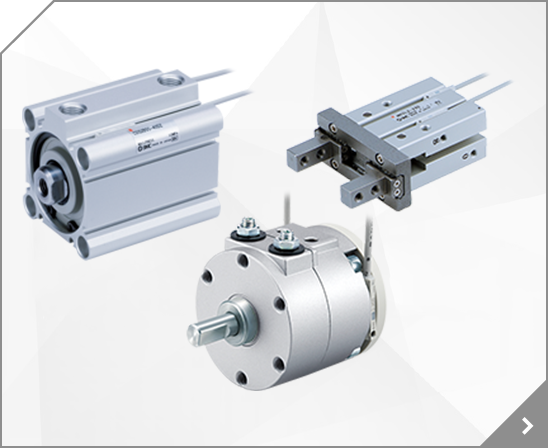


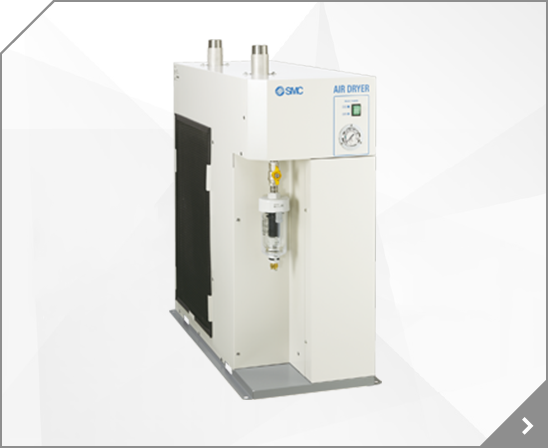
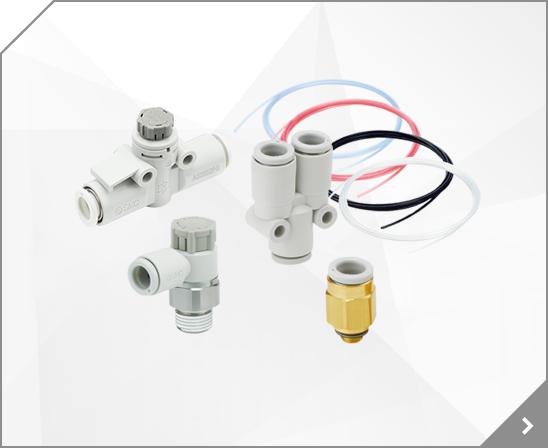
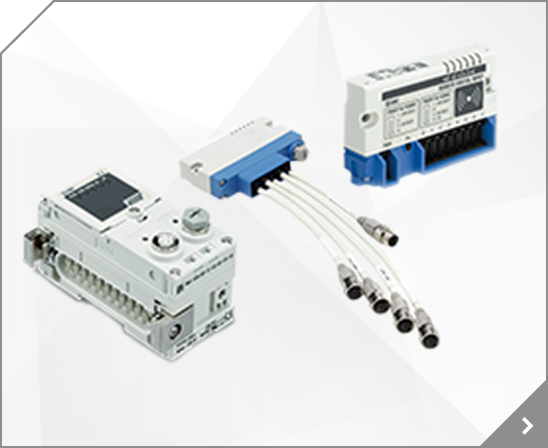
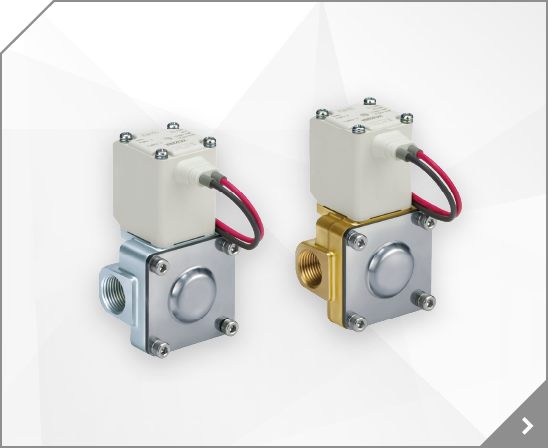
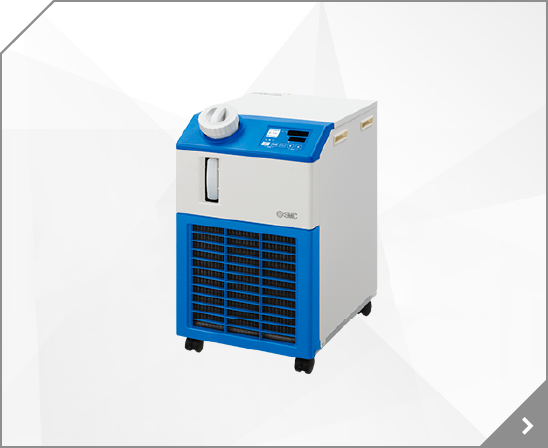
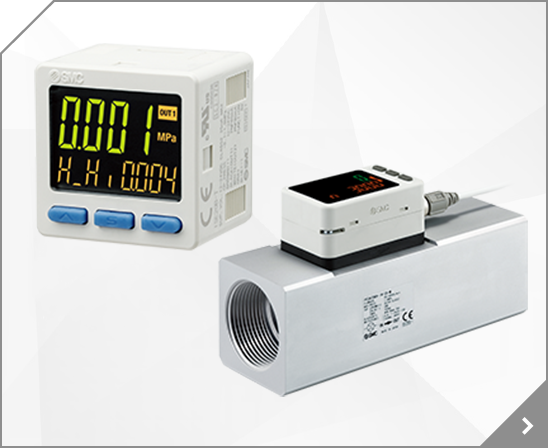
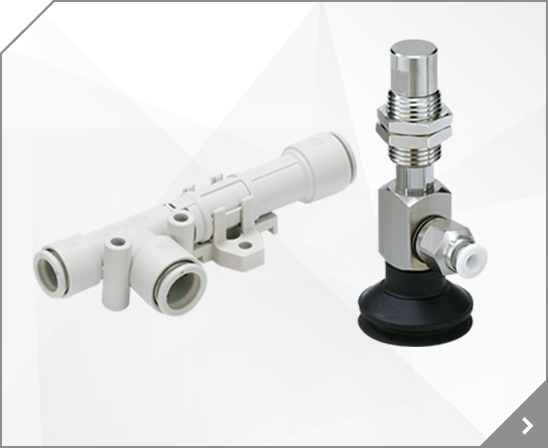

 Rotary Actuator Vane Style Series CRB2 Size: 10, 15, 20, 30, 40 1
Rotary Actuator Vane Style Series CRB2 Size: 10, 15, 20, 30, 40 1